No products in the cart.
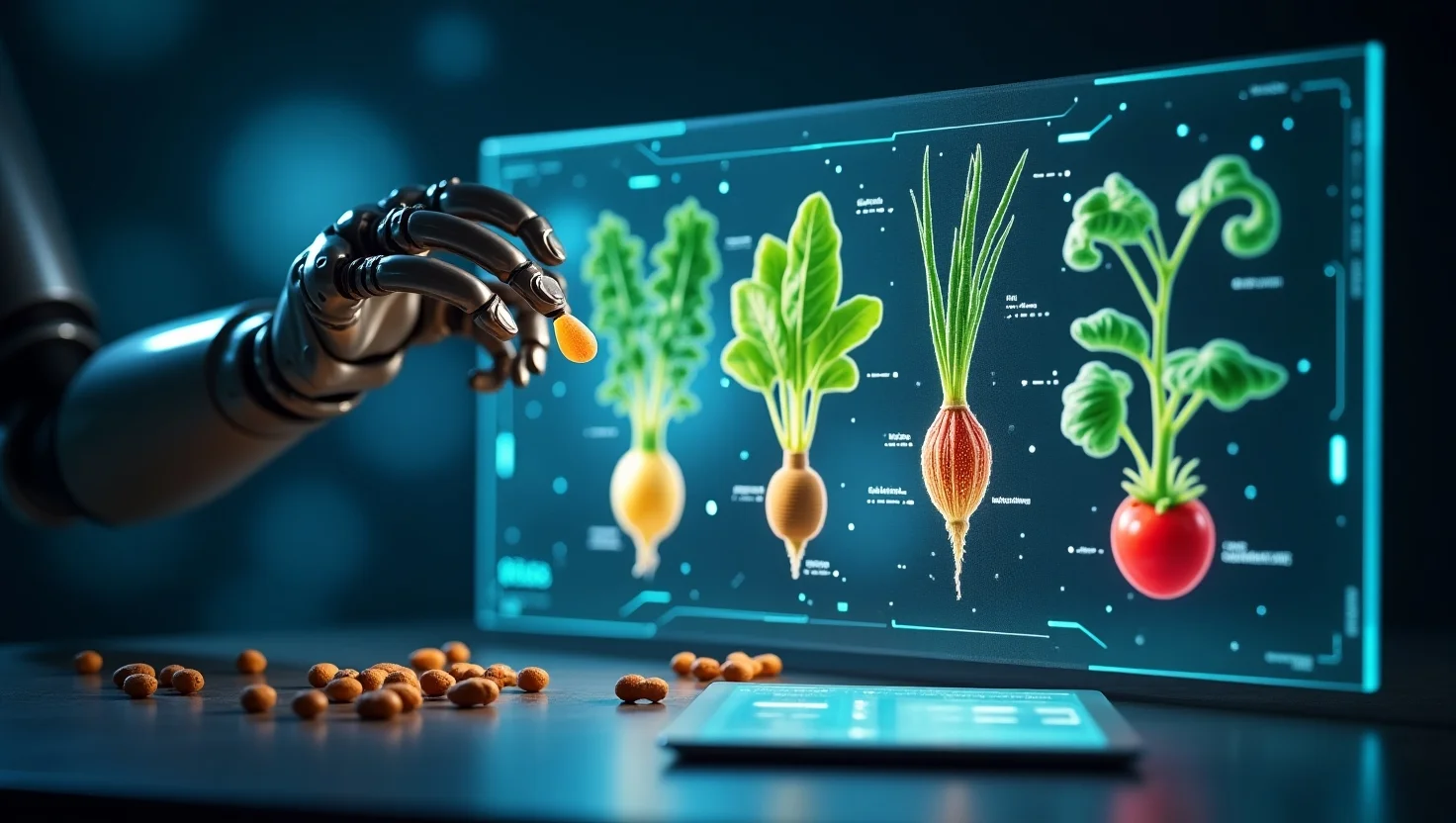
1. Introduction:
Every successful harvest begins with one critical decision, choosing the right seeds. Yet, traditional seed selection methods rely heavily on manual observation, gut instinct, and outdated farming calendars. In today’s climate-challenged world, that’s no longer enough. Poor seed choices can lead to low crop yields, wasted resources, and significant financial losses.
Enter AI for seed selection, a game-changing advancement in precision agriculture that helps farmers make informed, data-driven decisions before a single seed hits the soil. With tools powered by machine learning algorithms, farmers can now predict how a specific seed variety will perform under local weather conditions, soil types, and pest threats. This shift toward data-driven farming doesn’t just reduce risk, it increases profitability and promotes sustainability.
By combining historical crop data, real-time analytics, and predictive models, AI is revolutionizing the way farmers select seeds. Whether you’re growing corn in Iowa or soybeans in Georgia, artificial intelligence can help you pinpoint the best possible crop for maximum yield and resilience.
In this article, we’ll explore how AI technologies are transforming seed selection and helping both small and large farms grow smarter. If you’re still selecting seeds based on guesswork, it’s time to dig deeper.
2. What Is AI-Powered Seed Selection?
AI-powered seed selection is a cutting-edge application of artificial intelligence in agriculture that helps farmers make smarter planting decisions. Instead of relying on outdated methods or trial-and-error approaches, this technology leverages predictive analytics, machine learning, and agronomic data to determine which seed varieties are best suited for specific environments and farming goals.
Here’s how it works: AI systems analyze a vast range of variables, including soil conditions, historical weather patterns, local pest trends, and crop genetics, to suggest the most productive seed options for a given farm. The algorithms learn from past performance, continuously refining their predictions to improve future outcomes.
These tools are part of the larger field of precision agriculture, where technology drives decisions across the farming cycle. Many platforms even integrate with IoT-based sensors, satellite imagery, and GIS data to offer highly localized recommendations.
Whether you’re managing large-scale operations or running a small farm, AI seed selection tools can improve crop resilience, optimize input usage, and reduce risk. This approach to AI crop prediction allows farmers to match the right seed to the right conditions, ensuring a higher chance of success even in unpredictable environments.
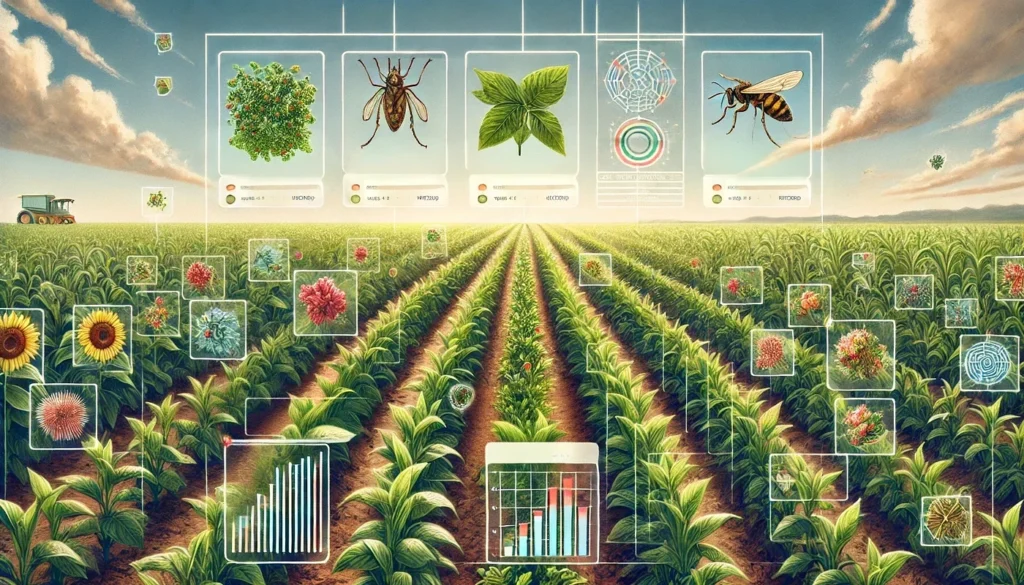
3. Benefits of Using AI for Seed Selection
Adopting AI for seed selection offers a host of benefits that go beyond just choosing the right variety, it transforms the entire crop planning process. One of the most significant advantages is increased crop yield. By using AI-driven insights, farmers can choose seeds that are best suited to their specific microclimate, reducing the risk of crop failure and maximizing productivity.
Another major benefit is resource optimization. With AI analyzing variables like soil health, moisture levels, and climate data, farmers can apply fertilizers, water, and pesticides more efficiently. This not only reduces input costs but also supports sustainable agriculture practices, minimizing environmental impact.
AI also enhances predictive accuracy. Unlike manual selection or traditional tools, machine learning algorithms continuously update their models using real-time and historical data, helping farmers stay ahead of weather shifts and pest outbreaks.
Moreover, AI tools save time and reduce uncertainty, allowing farmers to plan confidently. This technology democratizes access to scientific seed selection, offering small and medium-scale farmers the same high-level insight once reserved for industrial farms.
From boosting profits to supporting climate-resilient farming, the benefits of AI-powered seed selection are reshaping how agriculture meets growing food demands in a volatile world.
4. Key Technologies Behind AI-Driven Seed Selection
The success of AI-powered seed selection depends on a blend of innovative technologies working together. At the core are machine learning algorithms that analyze massive datasets to find patterns between seed traits and environmental outcomes. These models improve over time, offering increasingly accurate predictions for crop performance under specific conditions.
Another essential component is predictive modeling, which uses historical and real-time data, such as weather patterns, soil analytics, and previous harvest results, to simulate how different seed types are likely to perform. These models can even factor in extreme weather risks and climate variability, making them especially valuable in today’s unpredictable farming environment.
Remote sensing technology and satellite imagery play a critical role by providing up-to-date insights on land use, vegetation health, and moisture content. Combined with IoT-based sensors embedded in fields, AI platforms receive continuous feedback on growing conditions, enhancing the precision of seed recommendations.
In addition, many systems utilize genomic data to assess seed quality and disease resistance, opening new doors for crop-specific AI optimization. Together, these technologies create a robust ecosystem that supports smarter, faster, and more informed agricultural decisions.
These tools are no longer futuristic, they’re shaping the present and future of sustainable, high-yield farming.
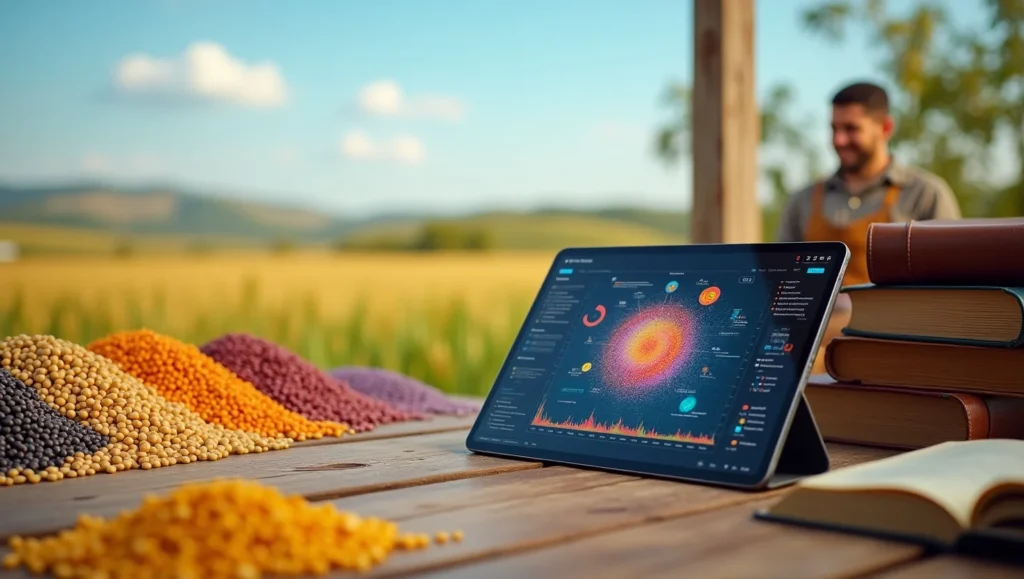
5. How Farmers Can Implement AI Tools for Seed Selection
Adopting AI tools for seed selection might sound complex, but today’s platforms are becoming increasingly farmer-friendly. Implementation often begins with gathering farm-specific data, such as soil composition, crop history, and local climate trends. Many AI systems offer simple dashboards or mobile apps where farmers input this data manually or through integration with IoT farm sensors and GPS-based equipment.
Next, the AI engine processes the data and runs predictive models to recommend ideal seed varieties based on the farm’s specific conditions. Some platforms are even pre-loaded with genetic profiles of seeds, making it easier to match the right crop with the right environment.
Farmers can also sync AI tools with remote sensing systems to monitor real-time field conditions and receive dynamic seed recommendations throughout the season. For those working with agribusiness consultants, AI platforms often provide collaborative access to ensure seamless decision-making.
To get started, farmers can explore popular tools like CropX, Climate FieldView, or SAIRone, many of which offer free trials or flexible subscription plans. The key is to choose a tool that aligns with farm size, budget, and specific goals.
When used correctly, AI doesn’t replace human insight, it empowers it, helping farmers grow smarter and more sustainably.
6. Real-World Examples and Case Studies
AI-powered seed selection is no longer theoretical, farmers around the world are already seeing tangible results. In Iowa, a mid-sized corn farm adopted a machine learning seed selection platform integrated with remote sensing tools and saw a 17% yield increase within a single season. By analyzing historic weather patterns and local soil metrics, the AI recommended a seed hybrid optimized for early frost resistance, something traditional methods had overlooked.
In India, a small-scale soybean farmer used SAIRone’s AI seed quality app, which analyzed the genetic traits of seed batches and filtered out low-germination lots. The result: better crop uniformity and a 22% improvement in output, despite unpredictable monsoon conditions.
Meanwhile, large agribusinesses across the U.S. are leveraging tools like Climate FieldView and John Deere’s See & Spray AI, combining seed data with in-field monitoring for continuous yield optimization.
These real-world cases highlight how AI in agriculture not only boosts productivity but also makes farming more resilient to climate shocks and soil degradation. Whether it’s a large industrial farm or a single-acre plot, AI for seed selection is proving to be a powerful ally in modern crop management.
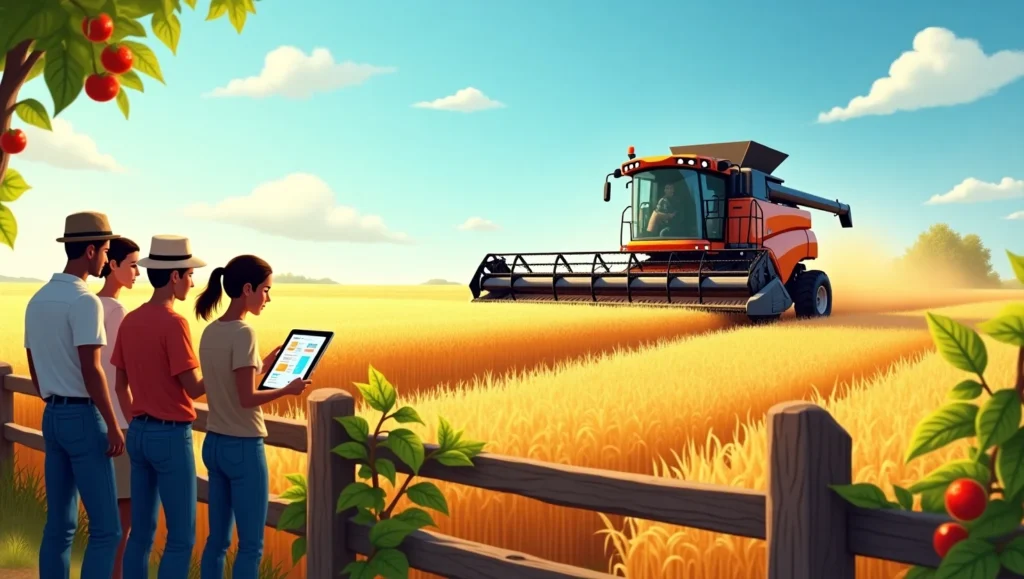
7. Conclusion: Growing Smarter with AI-Driven Seed Selection
In today’s rapidly changing agricultural landscape, making informed, data-backed decisions is more important than ever. AI-powered seed selection offers a transformative way for farmers to match the right crops with the right conditions, boosting yield, improving sustainability, and minimizing resource waste. By using predictive analytics, machine learning, and remote sensing technologies, farmers can move from guesswork to precision in their crop planning.
What once required years of field trials and expert consultation can now be accessed through user-friendly AI tools, putting the power of big data in the hands of everyday growers. Whether you’re managing 500 acres or a family-owned farm, AI in agriculture is leveling the playing field, making smart seed selection accessible and effective for all.
As the demand for food grows and environmental conditions become more volatile, embracing these innovations isn’t just an option, it’s a necessity.
Ready to future-proof your farm? Start exploring AI-based seed selection tools today and experience the difference that data-driven decisions can make.
Frequently Asked Questions (FAQ)
Q1. What is AI seed selection in agriculture?
AI seed selection uses artificial intelligence tools to analyze data like soil health, climate patterns, and crop performance to recommend the most suitable seeds for a specific farm. It improves accuracy and productivity compared to traditional methods.
Q2. How does AI help increase crop yield?
AI tools assess multiple variables such as weather forecasts, soil conditions, and past crop data to recommend high-performing seeds. This leads to better crop matches, lower risk of failure, and higher overall yield.
Q3. Is AI-based seed selection suitable for small farms?
Yes. Many platforms like SAIRone and CropX are built with small and mid-sized farms in mind. They offer user-friendly interfaces and require minimal technical expertise.
Q4. What kind of data do I need to use AI seed selection tools?
Most platforms require basic farm data such as soil type, crop history, and location. Some also integrate with sensors or GPS equipment for real-time data collection.
Q5. Are AI seed tools expensive to implement?
Costs vary, but many tools offer free trials, flexible plans, or pay-per-acre models. Long-term savings from increased efficiency and yield often outweigh initial costs.
Related Articles
Soil & Water Management
How AI Can Help Young Farmers Succeed in U.S. Agriculture
1. Introduction: Farming in the United States is at a crossroads. With...
Soil & Water Management
AI and Sustainable Farming: Can Technology Save the Planet?
1. Introduction: Can the very industry that feeds the world also be...
Soil & Water Management
AI in Soil Health: How Smart Tech is Improving Crop Productivity
1. Introduction: Healthy soil is the foundation of a productive farm, but...
Soil & Water Management
Smart Irrigation Systems: How AI Is Revolutionizing Water Management in Agriculture
1. Introduction: Water is one of agriculture’s most vital yet limited resources....
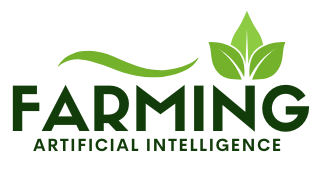


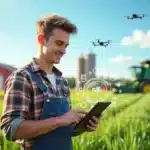

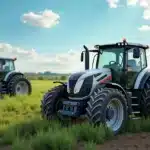

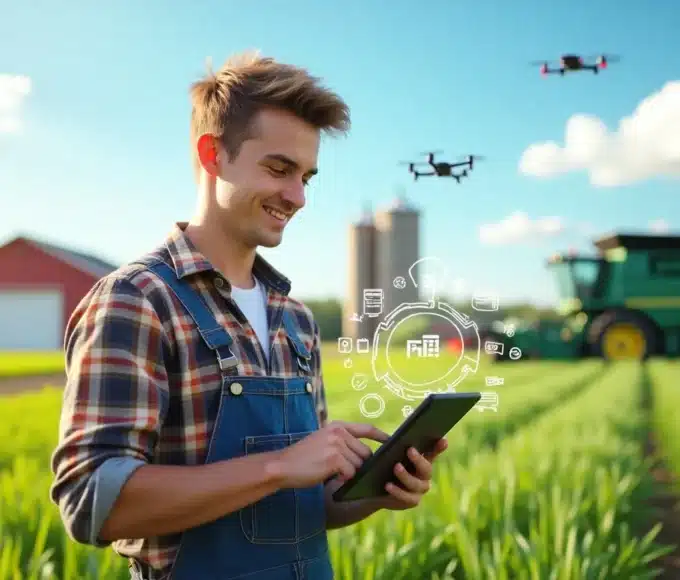
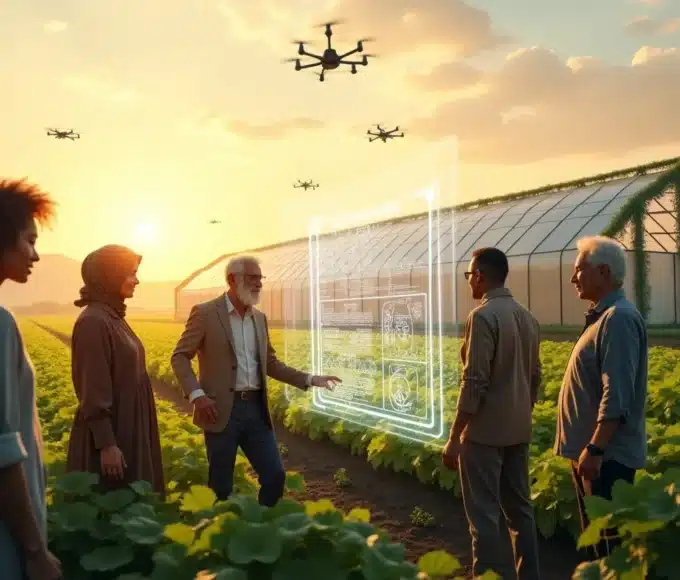
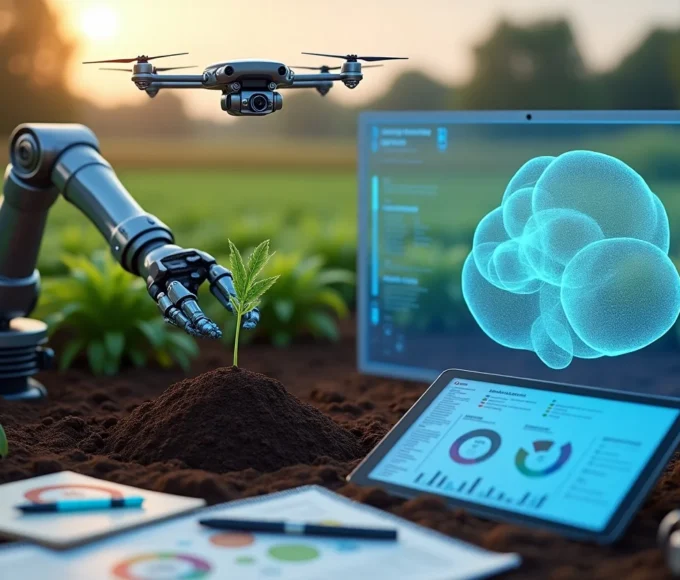
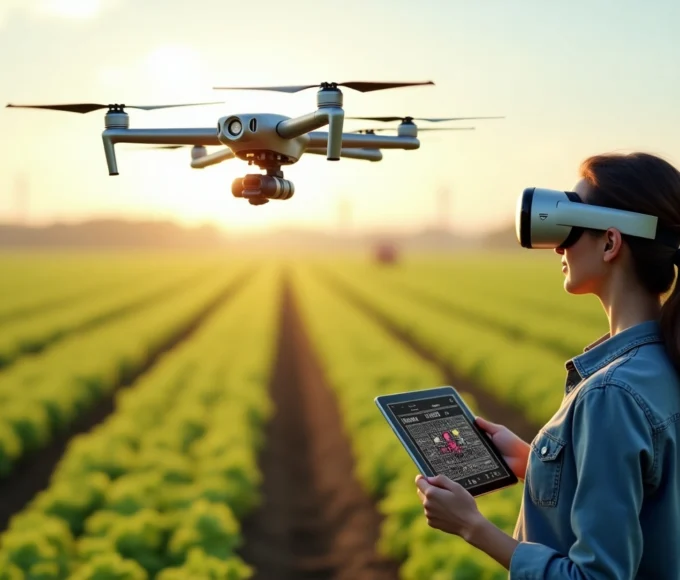
Leave a comment